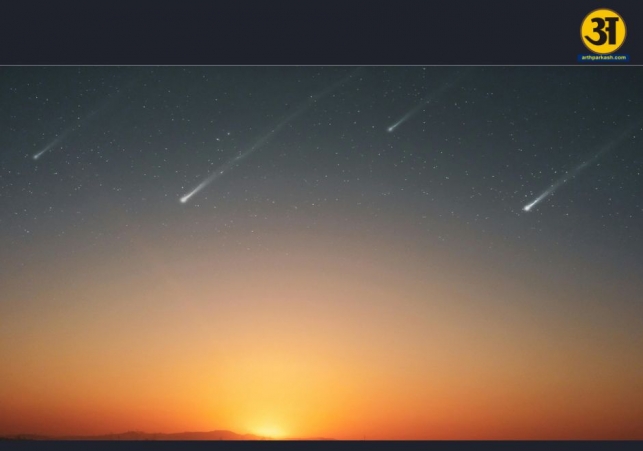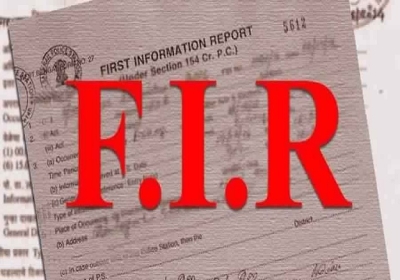
Storms could ruin Lyrid meteor shower views
Storms may spoil Lyrid meteor shower viewing: What you should know
- By Gurmehar --
- Friday, 18 Apr, 2025
Skywatchers hoping to see the Lyrid meteor shower on April 22-23 may face challenges due to weather conditions. Storms and cloudy skies are expected to cover large parts of the eastern United States, reducing visibility for many. However, people in the West, Southwest, and Midwest are likely to have clearer skies and better chances for stargazing.
The Lyrid meteor shower, which occurs every year, is caused by debris left behind by Comet Thatcher. This debris burns up when it enters Earth's atmosphere, creating the bright streaks of light we call shooting stars. The shower is expected to peak on the night of April 22, continuing into the early hours of April 23.
What to expect from the Lyrid Meteor Shower
If the sky is clear and there is little light pollution, viewers could see up to 20 shooting stars per hour. The best time to watch will be after midnight and before sunrise. AccuWeather’s astronomy expert Brian Lada suggests that this is a great chance for people to gather outside with friends and family to experience the beauty of the universe, especially around Earth Day.
Unfortunately, weather could spoil the experience for many. A storm system is expected to move through the eastern United States on Monday night, bringing heavy clouds and blocking views of the meteor shower. This could affect much of the East Coast, and another system may impact the northern U.S. and parts of Canada, including Ontario and Quebec.
Where to watch the Meteor Shower
For those living in the western United States, conditions are expected to be better. The western U.S., parts of the Southwest, and central Texas are predicted to have clear skies. Areas west and south of Chicago in the Midwest should also offer good visibility.
Despite some weather issues, the Lyrid meteor shower will still be active on the night of April 23, so if Monday night doesn't work out, skywatchers still have a chance the following night.
ALSO READ: Earthquake of magnitude 5.6 strikes Afghanistan, tremors reach Delhi and nearby areas
ALSO READ: Blue Origin's historic all-female NS-31 launch set for Monday amid favorable weather
Challenges for viewers
One factor that could make viewing the Lyrids more difficult is the presence of a waning crescent moon. Moonlight can make it harder to see the shooting stars. To improve the chances of spotting a meteor, Lada recommends looking in areas where the moon is not directly visible. Darker areas of the sky will offer a better view of the shower.
Even though the weather may disrupt the best viewing for some, there will still be opportunities to enjoy the meteor shower, especially for those in regions with clear skies. The Lyrids are a great way to connect with nature and the cosmos, even if the weather doesn't cooperate perfectly for everyone.





